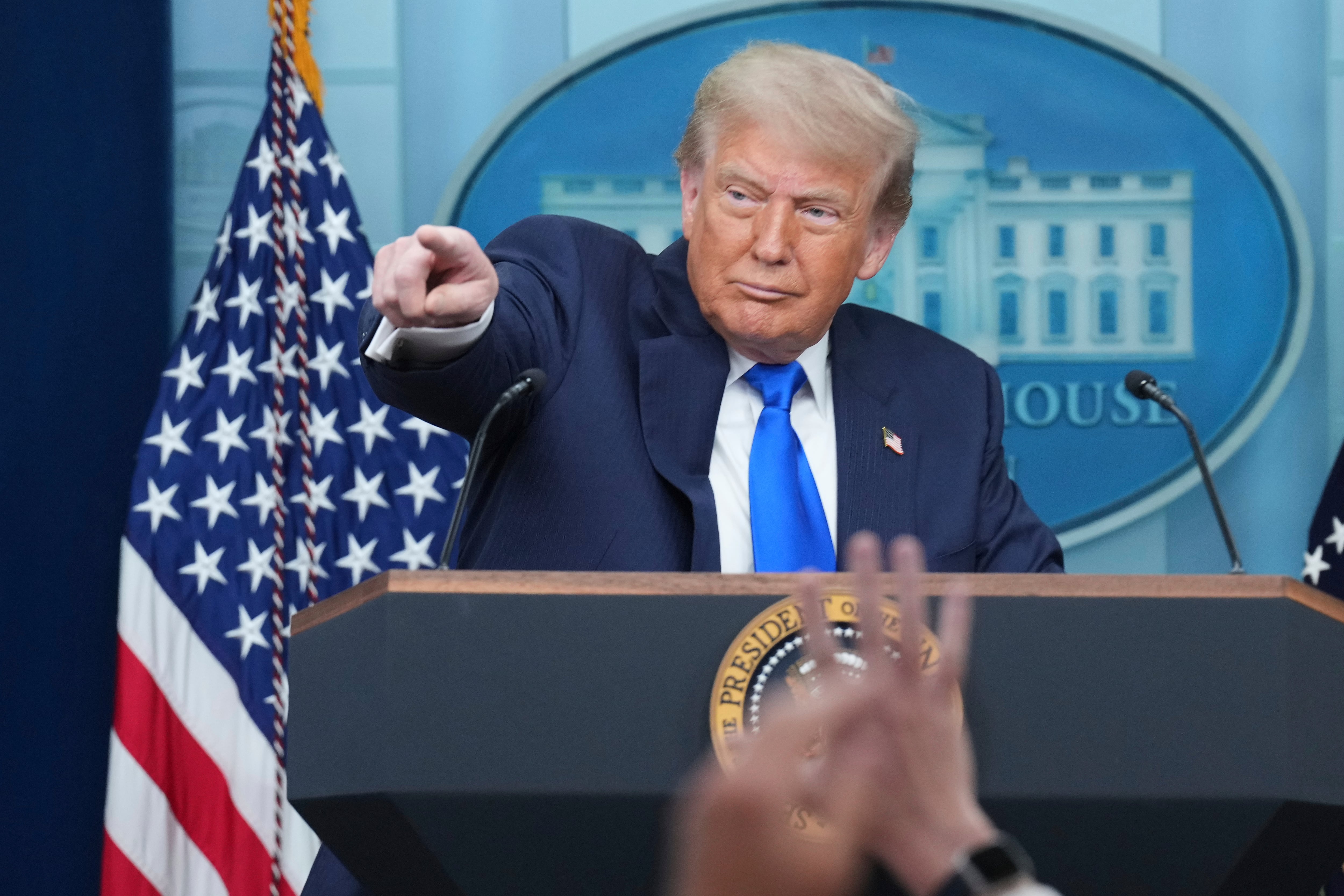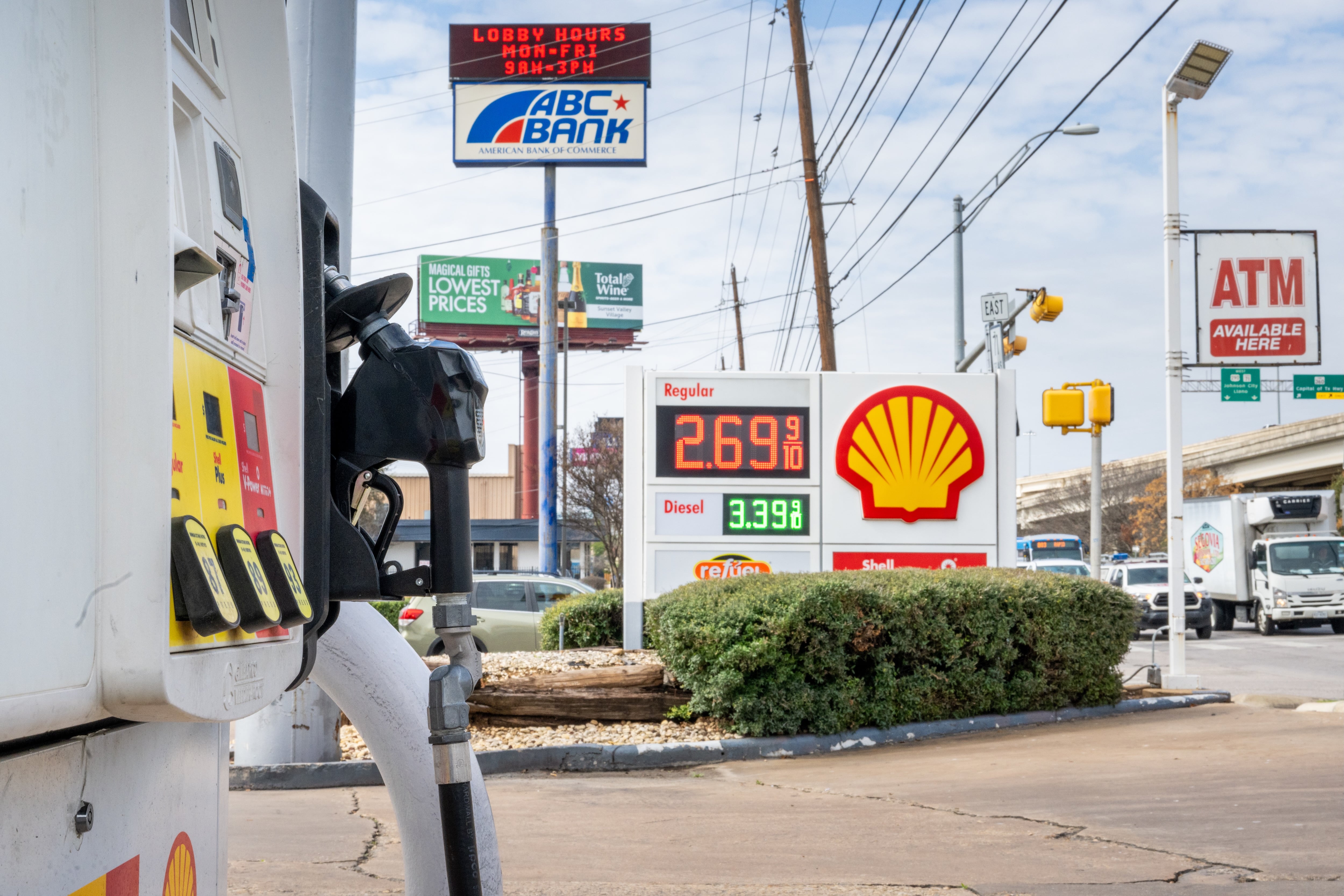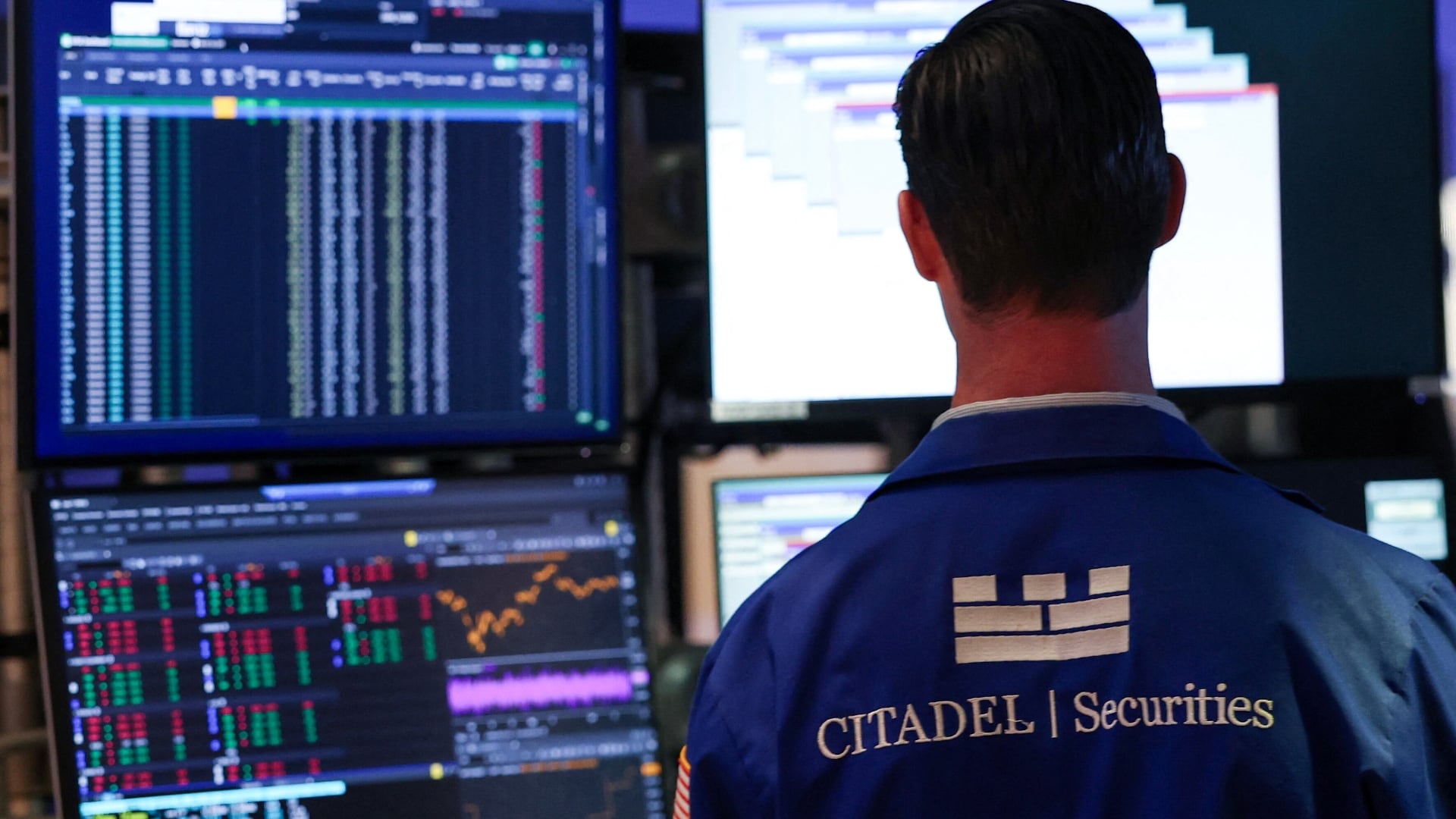By Tom Krisher
The Biden administration wants automakers to raise gas mileage and cut tailpipe pollution between now and model year 2026, and it has won a voluntary commitment Thursday from the industry that electric vehicles will comprise up to half of U.S. sales by the end of the decade.
The moves are big steps toward President Joe Biden’s pledge to cut emissions and battle climate change as he pushes a history-making shift in the U.S. from internal combustion engines to battery-powered vehicles. They also reflect a delicate balance to gain both industry and union support for the environmental effort, with the future promise of new jobs and billions in new federal investments in electric vehicles.
The administration on Thursday announced there would be new mileage and anti-pollution standards from the Environmental Protection Agency and Transportation Department, part of Biden's goal to cut U.S. greenhouse gas emissions in half by 2030. It said the auto industry had agreed to a target that 40% to 50% of new vehicle sales be electric by 2030.
Both the regulatory standards and the voluntary target will be included in an executive order that Biden plans to sign later Thursday.
The standards, which have to go through the regulatory process including public comments, would reverse fuel economy and anti-pollution rollbacks done under President Donald Trump. At that time, the increases were reduced to 1.5% annually through model year 2026.
Still, it remained to be seen how quickly consumers would be willing to embrace higher mileage, lower-emission vehicles over gas-guzzling SUVs, currently the industry's top seller. The 2030 EV targets ultimately are nonbinding, and the industry stressed that billions of dollars in electric-vehicle investments in legislation pending in Congress will be vital to meeting those goals.
Only 2.2% of new vehicle sales were fully electric vehicles through June, according to Edmunds.com estimates. That’s up from 1.4% at the same time last year.
The White House didn't release information on the proposed annual mileage increases late Wednesday, but Dan Becker, director of the safe climate campaign for the Center for Biological Diversity, said an EPA official gave the numbers during a presentation on the plan.
The official said the standards would be 10% more stringent than the Trump rules for model year 2023, followed by 5% increases in each model year through 2026, according to Becker. That's about a 25% increase over the four years.
Last week, The Associated Press and other news organizations reported that the Biden administration was discussing weaker mileage requirements with automakers, but they apparently have been strengthened. The change came after environmental groups complained publicly that they were too weak to address a serious problem.
Transportation is the single biggest U.S. contributor to climate change. Autos in the U.S. spewed 824 million tons (748 million metric tons) of heat-trapping carbon dioxide in 2019, about 14% of total U.S. emissions, according to the EPA.
The voluntary deal with automakers defines an electric vehicle as plug-in hybrids, fully electric vehicles and those powered by hydrogen fuel cells.
Environmental groups said the administration should move faster.
“This proposal helps get us back on the road to cleaning up tailpipe pollution,” said Simon Mui of the Natural Resources Defense Council. “But given how climate change has already turned our weather so violent, it's clear that we need to dramatically accelerate progress.”
Scientists say human-caused global warming is increasing temperatures, raising sea levels and worsening wildfires, droughts, floods and storms globally.
“We urgently need to cut greenhouse gas pollution, and voluntary measures won’t cut it,” Becker said.
Several automakers already have announced similar electric vehicle sales goals to those in the deal with the government. Last week, for instance, Ford’s CEO said his company expects 40% of its global sales to be fully electric by 2030. General Motors has said it aspires to sell only electric passenger vehicles by 2035. Stellantis, formerly Fiat Chrysler, also pledged over 40% electrified vehicles by 2030.
The Trump rollback of the Obama-era standards would require a projected 29 mpg in “real world” stop-and-start driving by 2026. It wasn't clear what the real world mileage would be under the Biden standards. Under Obama administration rules, it would have increased to 37 mpg.
Automakers said they would work toward the 40% to 50% electric vehicle sales goal.
“You can count on Toyota to do our part,” said Ted Ogawa, the company's North America CEO.
General Motors, Stellantis and Ford said in a joint statement that their recent electric-vehicle commitments show they want to lead the U.S. in the transition away from combustion vehicles.
They said the change is a “dramatic shift” from the U.S. market today, and can only happen with a policies that include incentives for electric vehicle purchases, adequate government funding for charging stations and money to expand electric vehicle manufacturing and the parts supply chain.
The United Auto Workers union, which has voiced concerns about being too hasty with an EV transition because of the potential impact on industry jobs, did not commit to endorsing a 40% to 50% EV target. But UAW said it stands behind the president to ”support his ambition not just to grow electric vehicles but also our capacity to produce them domestically with good wages and benefits."
Under a shift from internal combustion to electric power, jobs that now involve making pistons, fuel injectors and mufflers will be supplanted by the assembly of lithium-ion battery packs, electric motors and heavy-duty wiring harnesses.
Many of those components are now built overseas, such as China. Biden has made the development of a U.S. electric vehicle supply chain a key part of his plan to create more auto industry jobs.
“We are in a global competition for who gets to make the clean cars of the future, and President Biden’s leadership means that we’ll develop that manufacturing and those supply chains right here in America," said Sen. Tom Carper, D-Del., who chairs the Senate Environment and Public Works Committee.
In a bipartisan infrastructure bill awaiting Senate passage, there is $7.5 billion allocated for grants to build charging stations, about half of what Biden originally proposed. He wanted $15 billion for 500,000 stations, plus money for tax credits and rebates to entice people into buying electric vehicles.
The Alliance for Automotive Innovation, a large industry trade group, said it will work with the administration to reach zero carbon emissions from transportation. But it said the best opportunity for environmental benefits will come after 2026 as more electric vehicles are sold.
The industry, it said, will invest more than $300 billion in electrification by 2025, producing 130 electric models by 2026. Only about 50 are available today.
___
Associated Press writers Hope Yen and Seth Borenstein in Washington contributed to this report.












